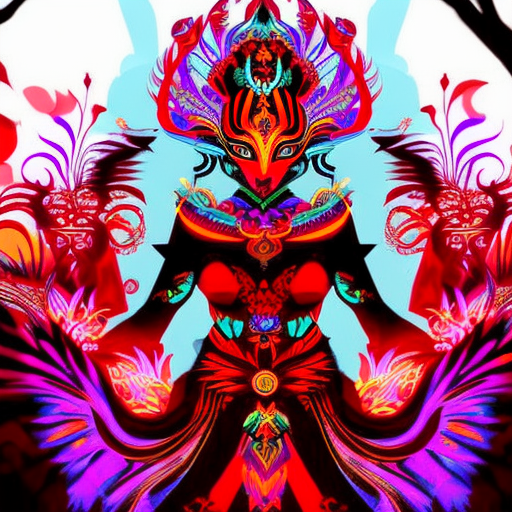One-line Summary:
In “The Tiger’s Wife,” a young doctor in a war-torn Balkan country uncovers the mysteries of her grandfather’s past through a series of interconnected stories.
The Story of Natalia and Her Grandfather:
“The Tiger’s Wife” by Téa Obreht is a captivating novel that weaves together the stories of Natalia, a young doctor, and her grandfather. Set in an unnamed Balkan country ravaged by war, the book explores themes of love, loss, and the power of storytelling.
Natalia, the narrator, is on a mission to deliver vaccines to an orphanage when she receives news of her grandfather’s death. This news sends her on a journey to uncover the truth about her grandfather’s past and the strange circumstances surrounding his death. As Natalia delves deeper into her grandfather’s life, she discovers a world filled with folklore, superstition, and the remnants of a long-standing conflict.
The Mythical Tiger’s Wife:
One of the central stories in the book revolves around the mythical figure of the tiger’s wife. According to the folklore, the tiger’s wife was a deaf-mute woman who married a tiger and lived in the mountains. This story becomes intertwined with Natalia’s grandfather’s life as he recounts his encounters with the tiger and his attempts to protect the tiger’s wife from the superstitious villagers who believed she was a witch.
As Natalia uncovers more about the tiger’s wife, she begins to understand the significance of the story and its connection to her grandfather’s own experiences during the war. The tiger’s wife becomes a symbol of resilience, love, and the ability to find beauty in the midst of chaos.
War and its Aftermath:
Another prominent theme in “The Tiger’s Wife” is the impact of war on individuals and communities. The Balkan conflict serves as a backdrop to the story, and its effects are felt throughout the narrative. Natalia’s grandfather, a doctor himself, is haunted by the atrocities he witnessed during the war and the choices he had to make to save lives. The scars of war are not only physical but also emotional, as characters grapple with grief, guilt, and the search for meaning in a world torn apart.
Through the stories of various characters, Obreht explores the complexities of war and its aftermath. She delves into the themes of identity, displacement, and the struggle to rebuild shattered lives. The war serves as a catalyst for the characters’ personal journeys, forcing them to confront their pasts and make sense of their present circumstances.
Key Takeaways:
- The power of storytelling: Throughout the book, storytelling is depicted as a way to make sense of the world, preserve traditions, and heal emotional wounds.
- The resilience of the human spirit: Despite the hardships faced by the characters, they find strength and resilience in the face of adversity.
- The interconnectedness of past and present: The stories of Natalia’s grandfather and the mythical tiger’s wife are intricately linked, highlighting the ways in which the past shapes the present.
“We’re all going to die, Natalia. We’re all going to be stories in the end. We’re all going to fade away.”
– Téa Obreht, The Tiger’s Wife
In conclusion, “The Tiger’s Wife” is a beautifully written novel that explores the power of storytelling, the impact of war, and the resilience of the human spirit. Through interconnected stories, Téa Obreht creates a rich tapestry of characters and themes that leave a lasting impression on the reader.












